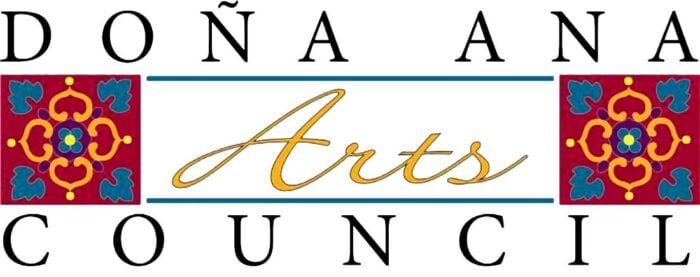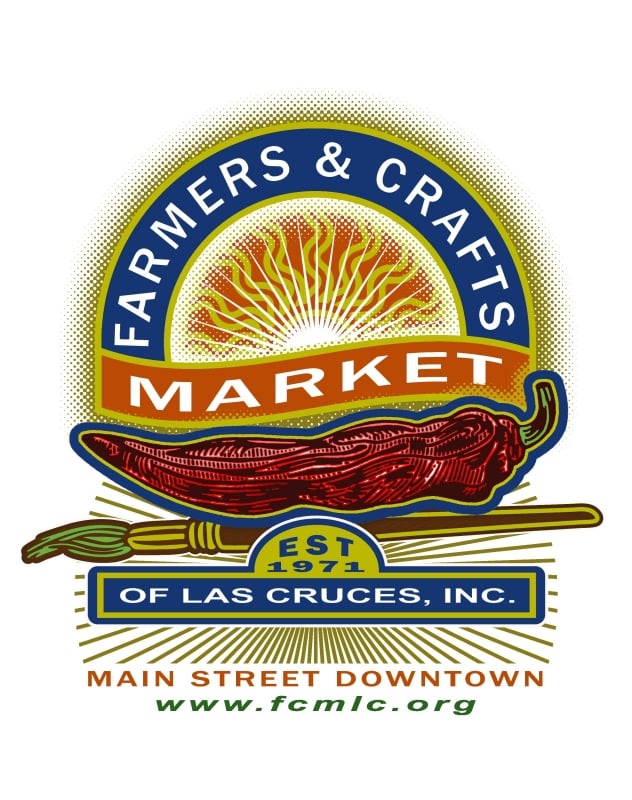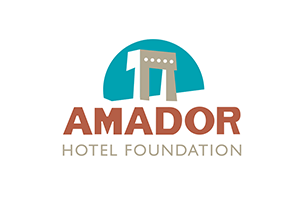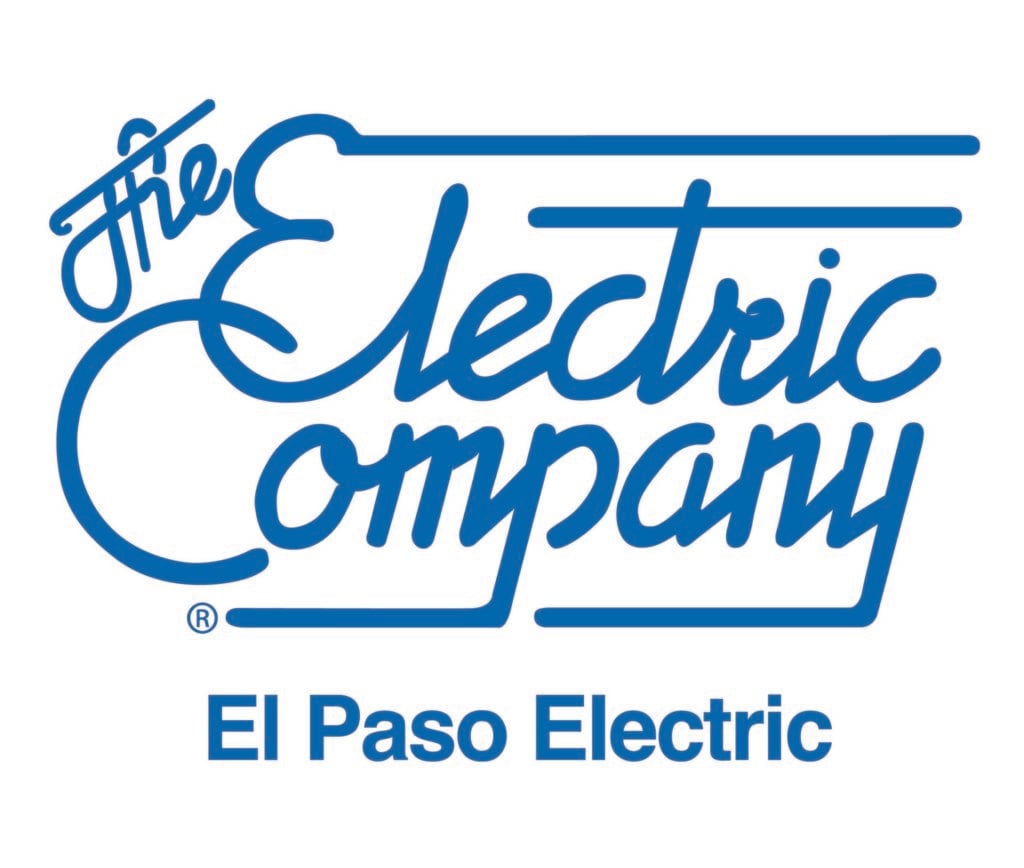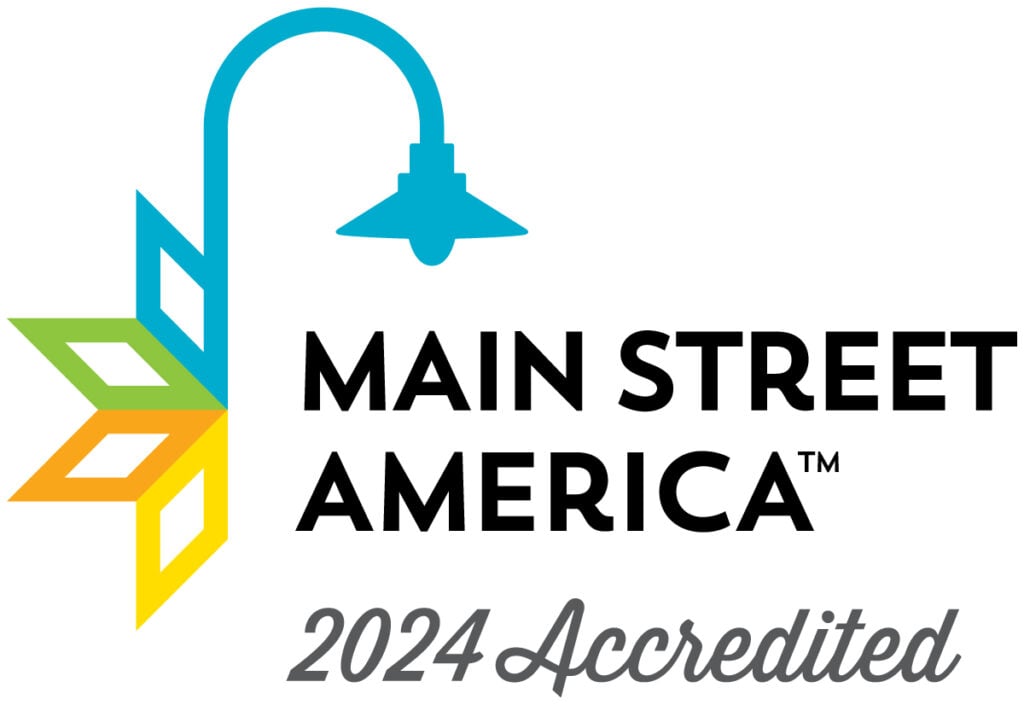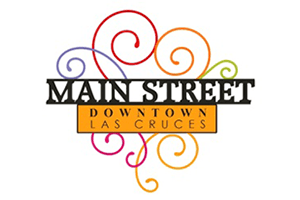Church-Water 2-way Conversion Information and FAQs
Q: When was it decided that Church and Water should be converted back to 2-way streets?
A: This discussion began over 20 years ago with a RUDAT recommendation and has been an important part of district planning discussions ever since. Below a complete list of studies and plans on this topic:
 1994 Regional/Urban Design Assistance Team (RUDAT) Recommendation: Traffic in the downtown area should be “calmed” to permit a pedestrian-friendly environment for foot travel to and around the plaza. In concert with this recommendation, the Transportation section provides two graphics depicting two-way traffic on roads.
1994 Regional/Urban Design Assistance Team (RUDAT) Recommendation: Traffic in the downtown area should be “calmed” to permit a pedestrian-friendly environment for foot travel to and around the plaza. In concert with this recommendation, the Transportation section provides two graphics depicting two-way traffic on roads.
2004 Las Cruces Downtown Revitalization Plan: Revitalization Strategy 1.a.3. Restore two-way traffic on Church and Water Streets.
2005 LCDT Comprehensive Design: Provided details to carry out two-way conversion.
2011 Downtown Revitalization Ad Hoc Committee Recommendations: Reaffirmed two-way conversion in second tier of priorities after Main St. reopening and plaza construction.
2014 Downtown Charrette Report: Church and Water Streets Redefined. The process of redefining Church and Water Streets starts by directing traffic directly into Main Street rather than siphoning it away to the “racetrack.” Currently defined as car-focused arterial streets, Church and Water Streets are proposed as pedestrian-friendly thoroughfares with generous sidewalks, street trees, and slower moving traffic. Angled on-street parking replaces parking lots, allowing for redevelopment of adjacent parcels. Reconnections are made to the surrounding neighborhoods with streets and walkways providing amenities for pedestrians, cars and cyclists.
*To review these plans in complete detail please visit the “Main Street Downtown” tab at
http://www.las-cruces.org/departments/community-development/plans.
Q: What are the benefits of converting to 2-way streets?
A: There are many benefits discussed below.
Two-way streets:

- Are less dangerous for all modes of transportation; Anyone turning onto that street thinks he/she only needs to look one way for traffic, instead of looking both ways in case of pedestrians crossing on either side of the street.
- Promote traffic calming; Drivers and passengers have more time to notice local businesses out the window.
- Offer more exposure for local businesses because cars driving in both directions pass by their storefronts.
- Promote economic activity and investment.
- Encourage more foot traffic because they feel safer for pedestrians.
- Make navigation simpler for drivers, as well as cyclists and transit users.
- Promote the goals of downtown revitalization that have been developed and implemented over 20+ years.
Q: Where is the money coming from for this project?
A: Funding for this project, as with most downtown infrastructure improvements, comes from revenues generated in the Tax Increment Development District (TIDD). This is a special district set up by members of an area who wish to reinvest in their district. A portion of GRT (Gross Receipts Tax) raised in the designated district is earmarked for infrastructure and economic development reinvestment within that district.
Q: How can I get more involved in downtown planning?
A: Many opportunities are available to get involved and to receive information. Some of these include:
- Downtown planning charrettes
- DLCP downtown business breakfasts
- DLCP e-newsletters
- Newspaper articles
- TIDD Board meetings
If you would like to become more involved in downtown redevelopment efforts, please contact us at 575-525-1955 or email us at assistant@dlcp.org to be placed on our e-newsletter.
Articles regarding 2-way conversion projects
A recent Strong Towns article on one-way streets sparked a series of discussions on the drawbacks and benefits of one-way streets.
- The Problem of Reintegrating One-Ways into the Grid
- Which is better: One-way or two-way streets? Maybe one-way to two-way street conversions aren’t the silver bullet solution we make them out to be.
- 3 Reasons to Turn These One-Way Streets into Two-Ways This is a home and a destination, not a place to pass through quickly on your way to somewhere else. The streets should be designed to reflect that.
- Returning One-Way Streets to Their Two-Way Roots A dramatic response to the one-way to two-way transformation shows just how impactful street design can be, and provides inspiration for other cities.
- A two-way street that is twenty years overdue A textbook example of how to frame an argument for converting one-way streets to two-ways.
- The Case for One-Way Streets We should design our streets in way that allows people to cross safely at their own judgment – since that’s what they’re going to do anyway. In this regard, one-way streets have their benefits.
Please review the attached PDF document containing the 90% completed plan for phasing of this project. The diagonal hash marks you see on this plan indicate the work in progress, whereas the grey areas indicate work that has already been completed. You will see in many of the phases that a small line is drawn through the hash marks at different phases, indicating that a travel lane will be kept open during that active phase. The estimated timeline for completion of the entire project is about 18 months.
Click here to download a copy of the Church-Water Project Plan.
For updates on road closures, and progress of conversion click here.


